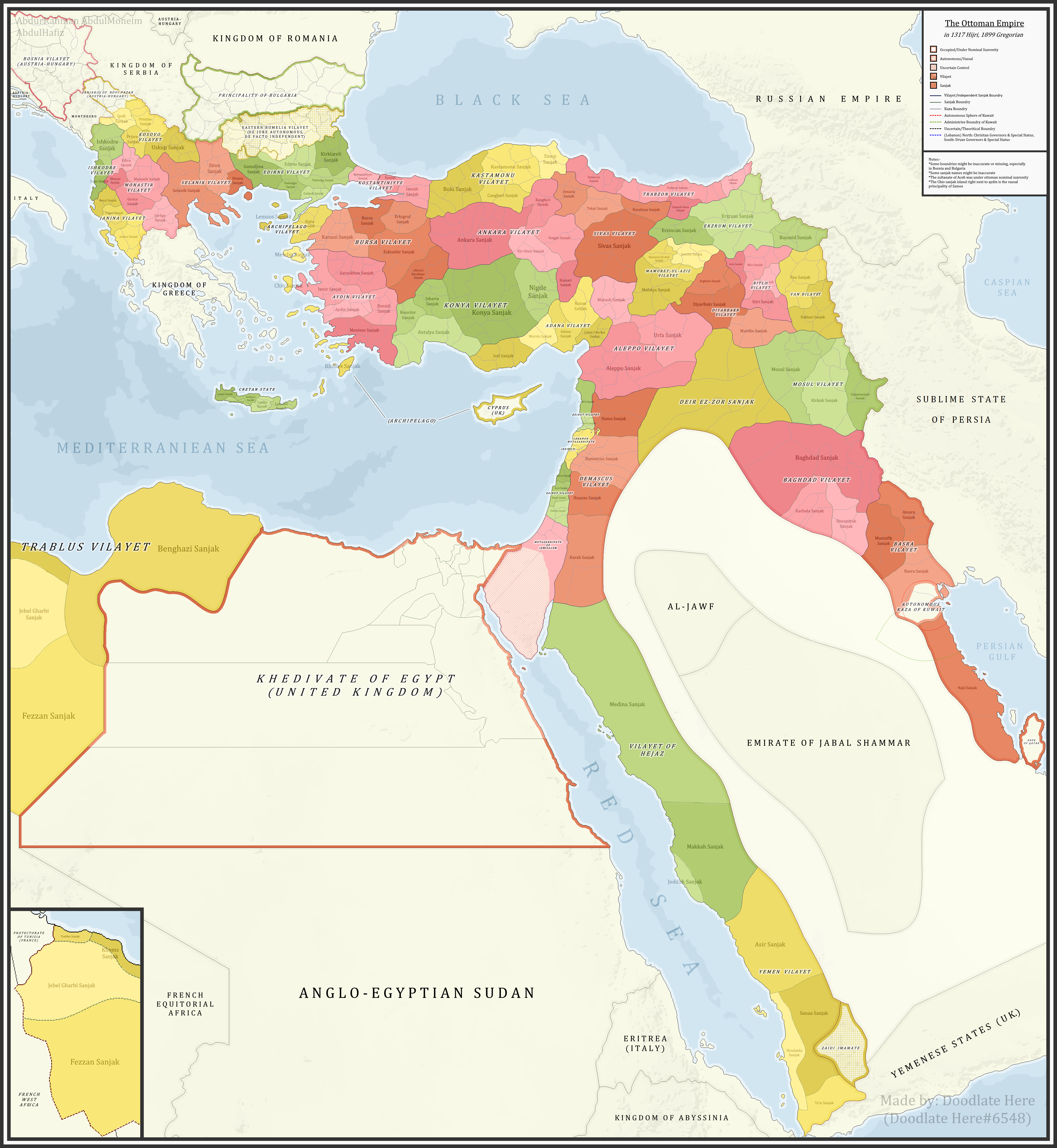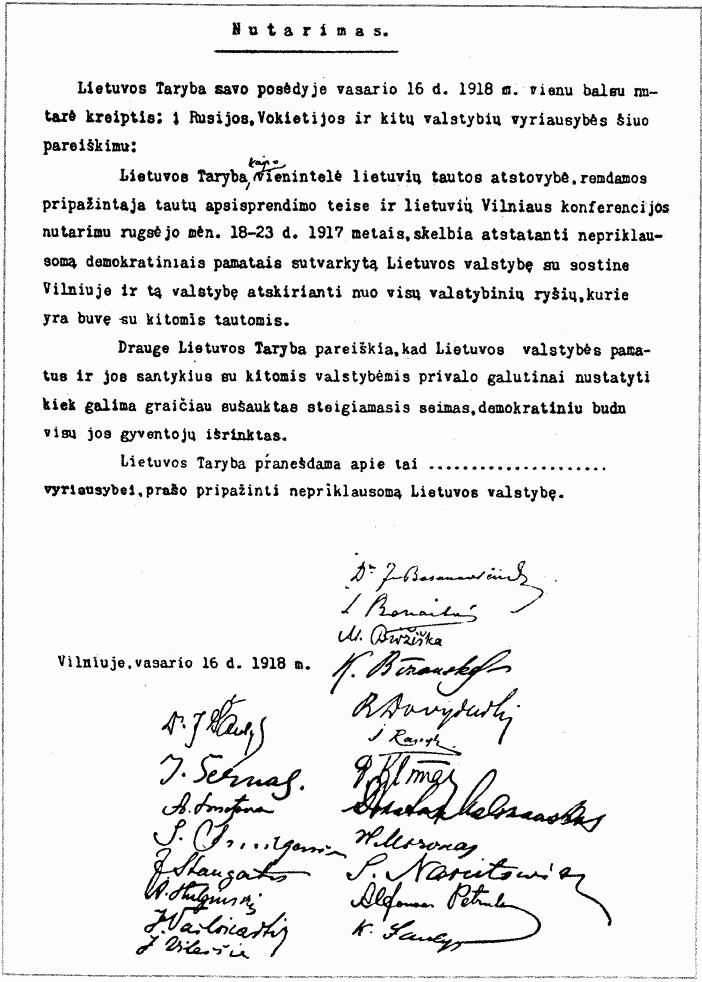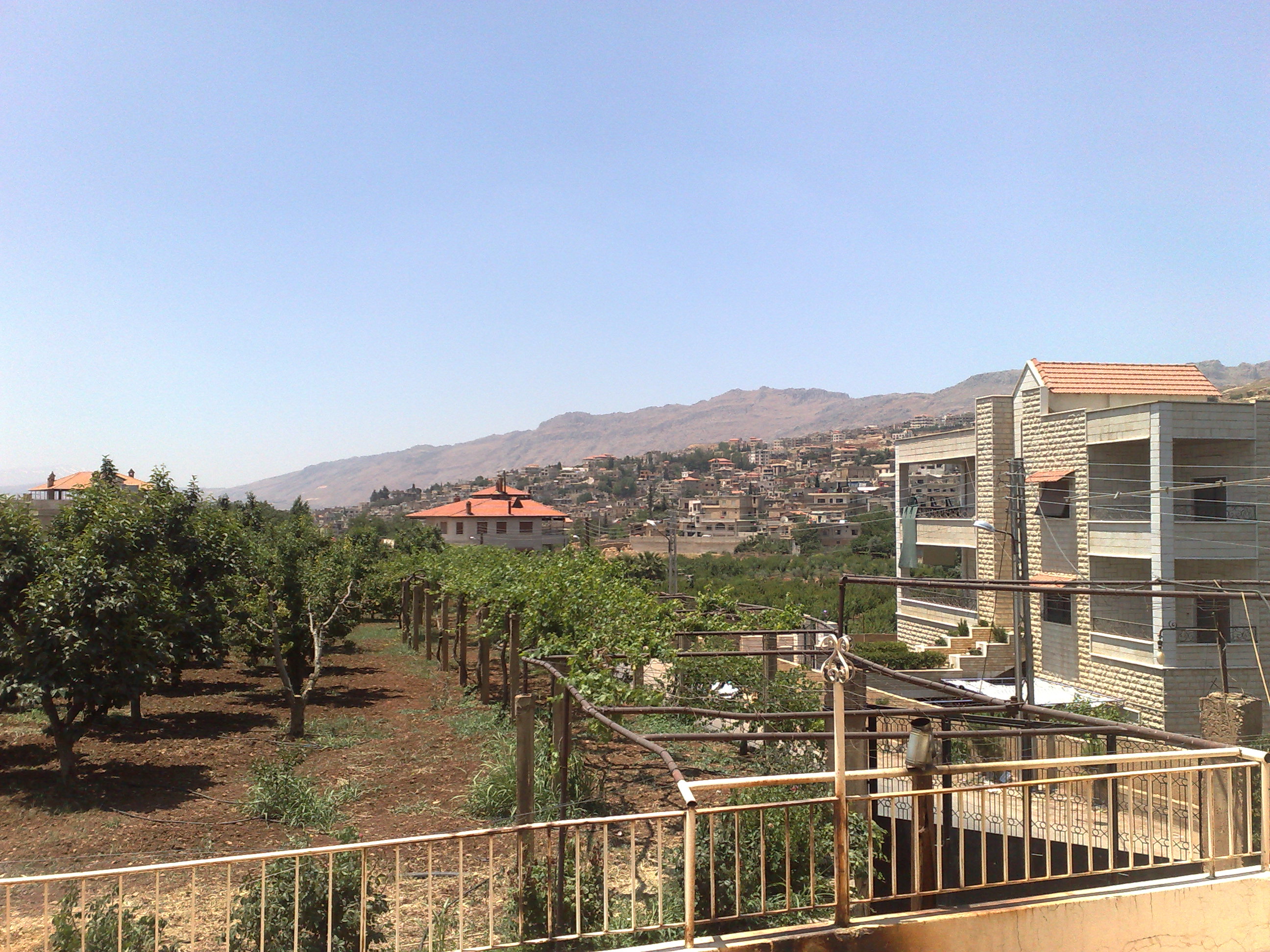|
Sanjak Of Damascus
The Damascus Sanjak ( tr, Şam Sancağı, ar, سنجق دمشق) was a prefecture (sanjak) of the Ottoman Empire, occupying the center of Ottoman Syria, located in modern-day Syria and Lebanon. The city of Damascus was the Sanjak's capital. It was bordered by the Sanjak of Hauran to the south, Hama Sanjak to the north, and Beirut Vilayet to the west. Subdistricts * Damascus Sanjak had the following nahiyahs: Damascus, Baalbek, Beqaa Governorate, Beqaa, Douma, Lebanon, Douma, Hasbaya, Rashaya, Wadi al-Ajam (Qatana) and Zabadani. Later history When dividing Ottoman Syria, the Mandate for Syria and the Lebanon, French mandate authorities detached the westernmost part of the sanjak and allocated it to its newly created Greater Lebanon, while the rest remained in the shriveled Syrian state. References {{DEFAULTSORT:Damascus, Sanjak States and territories established in 1549 1549 establishments in the Ottoman Empire 1918 disestablishments in the Ottoman Empire Sanjaks of Ottoma ... [...More Info...] [...Related Items...] OR: [Wikipedia] [Google] [Baidu] |
Sanjaks Of The Ottoman Empire
Sanjaks (liwāʾ) (plural form: alwiyāʾ) * Armenian: նահանգ (''nahang''; meaning "province") * Bulgarian: окръг (''okrǔg''; meaning "county", "province", or "region") * el, Διοίκησις (''dioikēsis'', meaning "province") or επαρχία (''eparchia'', meaning "eparchy") * lad, sancak , group=note (; ota, ; Modern Turkish: ''Sancak'', ) were administrative divisions of the Ottoman Empire. ''Sanjak'', and the variant spellings ''sandjak'', ''sanjaq'' and ''sinjaq'', are English or French transliterations of the Turkish word ''sancak'', meaning "district", "banner" or "flag". Sanjaks were also called by the Arabic word for ''banner'' or ''flag'': '' liwa (Liwā or Liwā’)''. Ottoman provinces ( eyalets, later vilayets) were divided into sanjaks (also called ''livas'') governed by sanjakbeys (also called '' Mutesarriff'') and were further subdivided into ''timars'' (fiefs held by '' timariots''), kadiluks (the area of responsibility of a judge, ... [...More Info...] [...Related Items...] OR: [Wikipedia] [Google] [Baidu] |
Douma, Lebanon
Douma ( ar, دوما, Dūmā) is a village in Lebanon located 80 km from Beirut, 30 km from Byblos and 45 km from Tripoli. Douma is administratively part of Batroun District and is known for its location in a valley surrounded by mountains. It stands at an altitude of 1070 m. Almost all of its houses are covered in red tiles. It has a temperate climate and an abundance of vineyards and olive and apple groves. History Douma was populated since ancient times. In the town square sits a sarcophagus, bearing a Greek inscription recording that this was the burial place of Castor, who died in 317 AD. The village was almost abandoned until the 16th century, during Ottoman rule, when the modern village was founded by the Greek Orthodox Christian clan of the Chalhoub. The family continues to inhabit the village until the present day. In 1880 the Ottoman mutasarrif of Mount Lebanon, Rustum Pasha, appointed a municipal council to administer Douma, the sixth locality to ... [...More Info...] [...Related Items...] OR: [Wikipedia] [Google] [Baidu] |
History Of Damascus
)), is an adjective which means "spacious". , motto = , image_flag = Flag of Damascus.svg , image_seal = Emblem of Damascus.svg , seal_type = Seal , map_caption = , pushpin_map = Syria#Mediterranean east#Arab world#Asia , pushpin_label_position = right , pushpin_mapsize = , pushpin_map_caption = Location of Damascus within Syria , pushpin_relief = 1 , coordinates = , subdivision_type = Country , subdivision_name = , subdivision_type1 = Governorates of Syria, Governorate , subdivision_name1 = Damascus Governorate, Capital City , government_footnotes = , government_type = , leader_title = List of governors of Damascus, Governor , leader_name = Mohammad Tariq Kreishati , parts_type = Municipalities , parts = Munici ... [...More Info...] [...Related Items...] OR: [Wikipedia] [Google] [Baidu] |
Sanjaks Of Ottoman Syria
Sanjaks (liwāʾ) (plural form: alwiyāʾ) * Armenian: նահանգ (''nahang''; meaning "province") * Bulgarian: окръг (''okrǔg''; meaning "county", "province", or "region") * el, Διοίκησις (''dioikēsis'', meaning "province") or επαρχία (''eparchia'', meaning "eparchy") * lad, sancak , group=note (; ota, ; Modern Turkish: ''Sancak'', ) were administrative divisions of the Ottoman Empire. ''Sanjak'', and the variant spellings ''sandjak'', ''sanjaq'' and ''sinjaq'', are English or French transliterations of the Turkish word ''sancak'', meaning "district", "banner" or "flag". Sanjaks were also called by the Arabic word for ''banner'' or ''flag'': '' liwa (Liwā or Liwā’)''. Ottoman provinces ( eyalets, later vilayets) were divided into sanjaks (also called ''livas'') governed by sanjakbeys (also called ''Mutesarriff'') and were further subdivided into ''timars'' (fiefs held by ''timariots''), kadiluks (the area of responsibility of a judge, or K ... [...More Info...] [...Related Items...] OR: [Wikipedia] [Google] [Baidu] |
1918 Disestablishments In The Ottoman Empire
This year is noted for the end of the World War I, First World War, on the eleventh hour of the eleventh day of the eleventh month, as well as for the Spanish flu pandemic that killed 50–100 million people worldwide. Events Below, the events of World War I have the "WWI" prefix. January * January – 1918 flu pandemic: The "Spanish flu" (influenza) is first observed in Haskell County, Kansas. * January 4 – The Finnish Declaration of Independence is recognized by Russian Soviet Federative Socialist Republic, Soviet Russia, Sweden, German Empire, Germany and France. * January 9 – Battle of Bear Valley: U.S. troops engage Yaqui people, Yaqui Native American warriors in a minor skirmish in Arizona, and one of the last battles of the American Indian Wars between the United States and Native Americans. * January 15 ** The keel of is laid in Britain, the first purpose-designed aircraft carrier to be laid down. ** The Red Army (The Workers and Peasants Red Army) ... [...More Info...] [...Related Items...] OR: [Wikipedia] [Google] [Baidu] |
1549 Establishments In The Ottoman Empire
__NOTOC__ Year 1549 ( MDXLIX) was a common year starting on Tuesday (link will display the full calendar) of the Julian calendar. In the Kingdom of England, it was known as "The Year of the Many-Headed Monster", because of the unusually high number of rebellions which occurred in the country. Events January–June * January – Burmese–Siamese War (1547–49): King Tabinshwehti of Burma begins his invasion of the Ayutthaya Kingdom, which ends in retreat. * February 3 – Burmese–Siamese War: Burmese viceroy Thado Dhamma Yaza I of Prome slays Sri Suriyothai, queen consort of the Ayutthaya Kingdom, on her war elephant, when she intervenes in battle to protect the life of her husband. * March 29 – The city of Salvador da Bahia, Brazil's first capital, is founded by Tome de Sousa. July–December * June 9 – The Book of Common Prayer is introduced in English churches; the Prayer Book Rebellion against it breaks out in the West Country. * J ... [...More Info...] [...Related Items...] OR: [Wikipedia] [Google] [Baidu] |
States And Territories Established In 1549
State may refer to: Arts, entertainment, and media Literature * '' State Magazine'', a monthly magazine published by the U.S. Department of State * ''The State'' (newspaper), a daily newspaper in Columbia, South Carolina, United States * '' Our State'', a monthly magazine published in North Carolina and formerly called ''The State'' * The State (Larry Niven), a fictional future government in three novels by Larry Niven Music Groups and labels * States Records, an American record label * The State (band), Australian band previously known as the Cutters Albums * ''State'' (album), a 2013 album by Todd Rundgren * ''States'' (album), a 2013 album by the Paper Kites * ''States'', a 1991 album by Klinik * ''The State'' (album), a 1999 album by Nickelback Television * ''The State'' (American TV series), 1993 * ''The State'' (British TV series), 2017 Other * The State (comedy troupe), an American comedy troupe Law and politics * State (polity), a centralized political organiza ... [...More Info...] [...Related Items...] OR: [Wikipedia] [Google] [Baidu] |
Greater Lebanon
The State of Greater Lebanon ( ar, دولة لبنان الكبير, Dawlat Lubnān al-Kabīr; french: État du Grand Liban), informally known as French Lebanon, was a state declared on 1 September 1920, which became the Lebanese Republic ( ar, الجمهورية اللبنانية '; french: République libanaise) in May 1926, and is the predecessor of modern Lebanon. The state was declared on 1 September 1920, following Decree 318 of 31 August 1920, as a League of Nations Mandate under the proposed terms of the Mandate for Syria and the Lebanon which was to be ratified in 1923. When the Ottoman Empire was formally split up by the Treaty of Sèvres in 1920, it was decided that four of its territories in the Middle East should be League of Nations mandates temporarily governed by the United Kingdom and France on behalf of the League. The British were given Palestine and Iraq, while the French were given a mandate over Syria and Lebanon. General Gouraud proclaimed the establis ... [...More Info...] [...Related Items...] OR: [Wikipedia] [Google] [Baidu] |
Mandate For Syria And The Lebanon
The Mandate for Syria and the Lebanon (french: Mandat pour la Syrie et le Liban; ar, الانتداب الفرنسي على سوريا ولبنان, al-intidāb al-fransi 'ala suriya wa-lubnān) (1923−1946) was a League of Nations mandate founded in the aftermath of the First World War and the partitioning of the Ottoman Empire, concerning Syria and Lebanon. The mandate system was supposed to differ from colonialism, with the governing country intended to act as a trustee until the inhabitants were considered eligible for self-government. At that point, the mandate would terminate and an independent state would be born. During the two years that followed the end of the war in 1918—and in accordance with the Sykes–Picot Agreement signed by Britain and France during the war—the British held control of most of Ottoman Mesopotamia (modern Iraq) and the southern part of Ottoman Syria ( Palestine and Transjordan), while the French controlled the rest of Ottoman Syria, ... [...More Info...] [...Related Items...] OR: [Wikipedia] [Google] [Baidu] |
Zabadani
Al-Zabadani or Az-Zabadani ( ar, الزبداني, az-Zabadānī) is a city and popular hill station in southwestern Syria in the Rif Dimashq Governorate, close to the border with Lebanon. It is located in the center of a green valley surrounded by high mountains at an elevation of around 1,100 m. Its history is linked to the oldest capital in history, Damascus. It is located to the right of the international road linking Damascus to Beirut, in the middle of the distance between Damascus and Baalbek, in a mountain valley in the Syrian mountain range, where it rises between 1,150 and 1,250 meters above sea level. Zabadani is located in the semi-arid to semi-humid region, with an average rainfall of 500 mm per year. It is bordered by two mountain ranges, Mount Senir to the west and Jabal Al Shaqif to the east, and in the middle of it is a green carpet that forms the Zabadani Plain. According to the Syria Central Bureau of Statistics (CBS), in the 2004 census Al-Zabadani had a po ... [...More Info...] [...Related Items...] OR: [Wikipedia] [Google] [Baidu] |
Qatana
Qatana ( ar, قَطَنَا, Qaţanā) is a city in southern Syria, administratively part of the Qatana District of Rif Dimashq Governorate. Qatana has an altitude of 879 meters. According to the Syria Central Bureau of Statistics, the city had a population of 33,996 in the 2004 census. It is the administrative center of the Qatana Subdistrict, which contained 20 localities with a collective population of 147,451 in 2004. History In the early 13th-century, during Ayyubid rule, Yaqut al-Hamawi noted Katana as "one of the villages of Damascus". Tamerlane camped at Qatana during the siege of Damascus in 1400–1401; hence, the region was called as "Wadi Al-Ajam" afterwards. In 1838, it was noted as a predominantly Sunni Muslim village. Smith, in Robinson and Smith, 1841, vol 3, 2nd appendix, p148/ref> Climate Qatana has a cold semi-arid climate (Köppen climate classification The Köppen climate classification is one of the most widely used climate classification systems. ... [...More Info...] [...Related Items...] OR: [Wikipedia] [Google] [Baidu] |
Rashaya
Rashaya, Rachaya, Rashaiya, Rashayya or Rachaiya ( ar, راشيا), also known as Rashaya al-Wadi or Rachaya el-Wadi (and variations), is a town of the Rashaya District in the west of the Jnoub Government of Lebanon. It is situated at around above sea level on the western slopes of Mount Hermon, south east of Beirut near the Syrian border, and approximately halfway between Jezzine and Damascus. Rachaya is known for the Rashaya Citadel where Bshara El Khoury was jailed in 1943. It's the symbol of independence. Culture Rashaya has a population of around 6,000 to 7,500 that are mostly Druze. It is still considered to be a traditional Lebanese town with its old cobbled streets and small shops, even though it witnessed in recent years a slight expansion of buildings. It retains a distinguished character of traditional stone houses with red tiled roofs. The small souk in the middle of the town offers various shops selling local crafts and inexpensive goods. There is a recently re ... [...More Info...] [...Related Items...] OR: [Wikipedia] [Google] [Baidu] |





